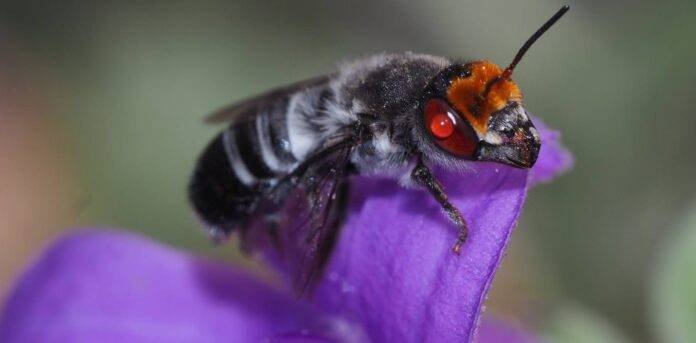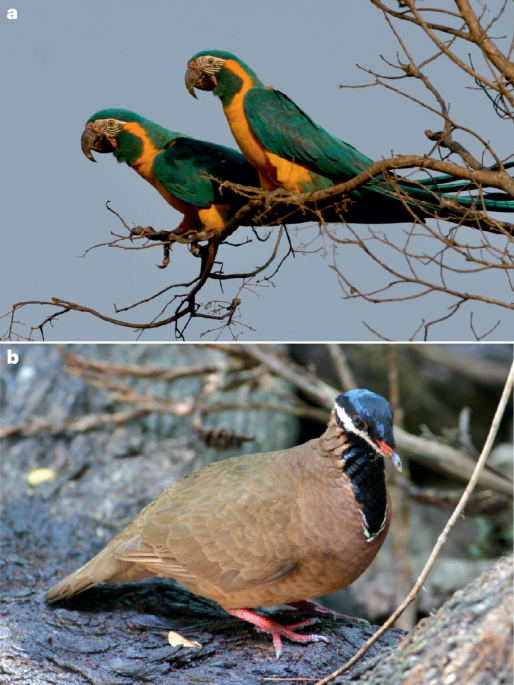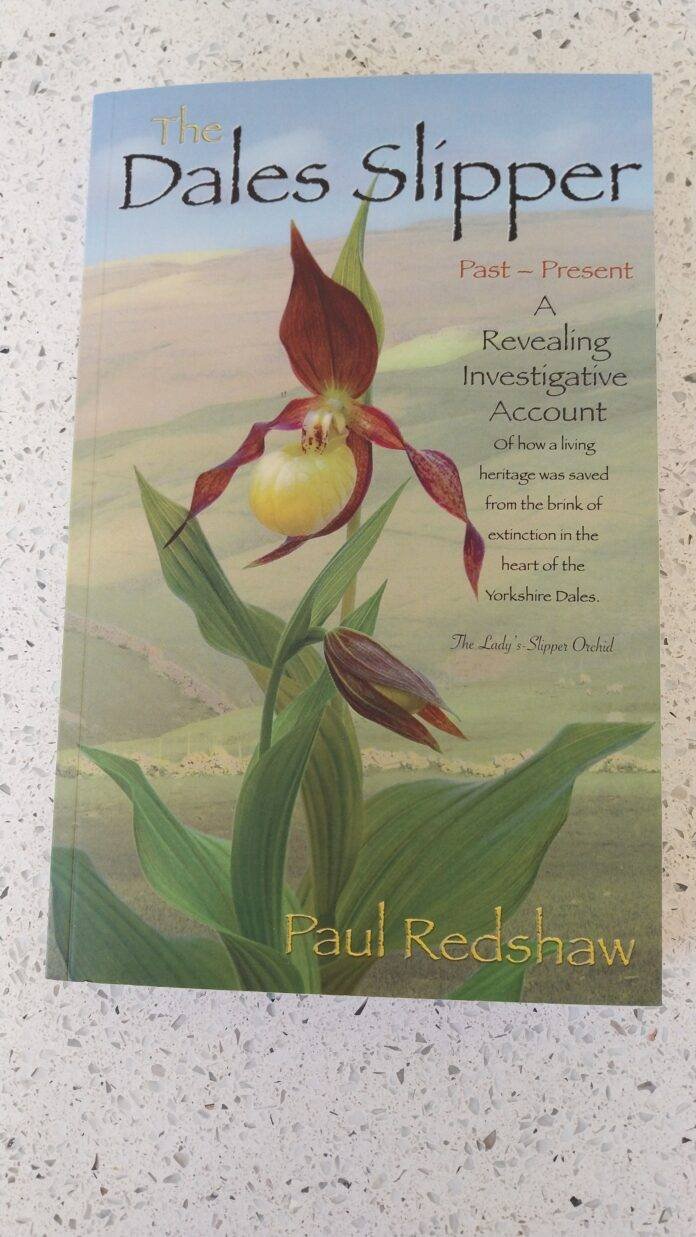At the end of last week I joined researchers from across Europe and beyond who gathered at Norway House on the campus of the Cité Internationale Universitaire de Paris, for the official launch of the EU-funded project ‘Butterfly’. This bold, four-year interdisciplinary initiative is focused on the future of pollinators and the ecosystems that depend on them, and is one of a series of projects that have spun out from the EU’s Pollinators Initiative.
Over two days of lively discussion, the project’s key themes came into focus: the urgent need to restore pollinator populations, the value of integrating ecological and economic data, and the importance of including people—farmers, citizens, policymakers—in shaping practical, long-term solutions to pollinator decline.
Connecting Science and Policy
I arrived in Paris early Wednesday evening to be fresh for the meeting’s opening session the following morning. This set the stage by grounding the project in real-world policy contexts, including the EU Pollinators Initiative and the Nature Restoration Law. These frameworks are increasingly recognising the vital role pollinators play not just in nature, but in the economy and public well-being.
Nine Work Packages, One Mission
Participants got a crash course in the project’s structure through short presentations from each of the nine work packages. These range from ecological modelling and ecosystem valuation to resilience thinking, communication tools, and understanding human relationships with pollinators. A strong emphasis was placed on collaboration—how each work package connects with the others and contributes to the project’s broader vision. For example, one of my roles will be to work closely with Maria Clara Castellanos and her team at the University of Sussex on the integration of the UK-focused Database of Pollinator Interactions (DoPI) and the Global Biotic Interactions (GloBI) platform, to create an online European Atlas of Plant-Pollinator Associations (EuroAPPA). This in turn will feed plant-pollinator data into the modelling and economic valuation tasks in some of the other work packages.
Living Labs and Global Perspectives
One of the most exciting aspects of the Butterfly project is the network of “Living Labs” being established across Europe and the test sites in overseas territories. From Murcia to Martinique, each site represents a unique ecological and cultural landscape with its own pollination challenges. These test sites, some of which are shared with a parallel project called RestPoll, will serve as experimental spaces to co-develop and test strategies for enhancing pollinator resilience in real-world contexts. Another of my roles in the project is to help with the field work on the Caribbean island of Curaçao, where we will be assessing birds and bats as pollinators, as well as insects.
Thematic Sessions and Cross-Pollination
The meeting featured targeted discussion sessions on everything from economic modelling chains and ecosystem indicators to human dimensions like eco-literacy, historical agency, and “slow hope.” Again, one of my contributions will be to the work package dedicated to understanding and reacting to the human dimensions of pollinator decline, where I hope to provide a case study that builds on the work I published almost a decade ago on how the auction prices of holly and mistletoe are a reflection of the work of wild pollinators. In the evening we had a “cross-pollination” networking buffet dinner, themed around pollinator-dependent food crops, that provided an opportunity for participants to mix across disciplines, brainstorm, and spark new collaborations in an informal setting.
Laying the Groundwork for Action
Day two shifted toward practicalities—data sharing, financial management, ethics, and stakeholder engagement—as well as discussions about how Butterfly will connect with other major EU-funded projects, including VALOR, which is Butterfly’s partner and with which we will closely collaborate. Thematic sessions continued to dive deep into topics like mainstreaming pollinator stewardship and developing indicators to track the societal impacts of pollinator loss.
Looking Ahead
The meeting wrapped up with a plenary session with the project’s Advisory Board, reinforcing the importance of external perspectives in guiding the project’s evolution. Dinner that evening was an informal affair (not funded by the project!) at a really wonderful, traditionally French restaurant – Le Temps des Cerises – where service was slow, the food and wine were delicious, and the conversations continued to flow.
For those of us who stayed an extra day, a field visit on Saturday offered a first-hand look at urban pollinator research at the Jardin Écologique within the Jardin des Plantes—a fitting reminder of why this work matters! Here’s some photographs from that trip:
My sincere thanks to all of the colleagues who made the Butterfly kick-off meeting such a success: I look forward to working with you all over the next four years! Particular thanks to Paolo Biella who allowed me to use the photo at the top of the post, of a female mason bee outside our venue. We kept an eye on her during the meeting and I’m pleased to report that she successfully sealed up her nest. May her offspring thrive!
If you’d like to delve deeper into Butterfly’s objectives, here’s the project summary from our funding application:
Butterfly aims to significantly enhance society’s capacity to appraise, foresee, and respond to the threats posed by cascading impacts of pollinator decline. To reach that goal it will establish a test system of geographically well spread multi-actor communities across sectors for co-creating proactive pollinator restoration solutions and: (1) collect, integrate, manage and share ecological and spatial information on a wide range of known and lesser known pollinators and pollination services provided for wild and cultivated plants, across Europe and selected overseas territories; (2) advance the monetary and non-monetary valuation of marketed and not marketed direct and indirect ecosystem functions and services provided by pollinators, and advance ecosystem accounting; (3) comprehensively model and quantify the macro-economic implications of pollinator decline and country-specific economic butterfly effects of dependencies on pollinators, and assess policy options and scenarios; (4) assess how five key biomass supply chains (food/micronutrients, pharmaceuticals, cosmetics, biomaterials, biomass energy) depend on pollination and co-create pollinator restoration options that increase resilience of these supply chains; (5) devise, co-create, test and implement transferable tools, interactive atlases and guidelines that enable systematic mainstreaming of proactive pollinator stewardship in vulnerable sectors; (6) conceive indicators for human dimensions and assess and exploit the socio-cultural capacity of the concepts: ‘pollinator stewardship’, ‘ecoliteracy’, ‘historical agency’ and ‘slow hope’ in reversing pollinator decline. It will inform EU policy processes and build strategic alliances for high-level impact. The Butterfly network of Living Labs will accelerate knowledge transfer and uptake of new business models and serve as breeding place for multi-actor co-creation of knowledge and sustainable solutions, paving the way to pollinator stewardship in all sectors.

















